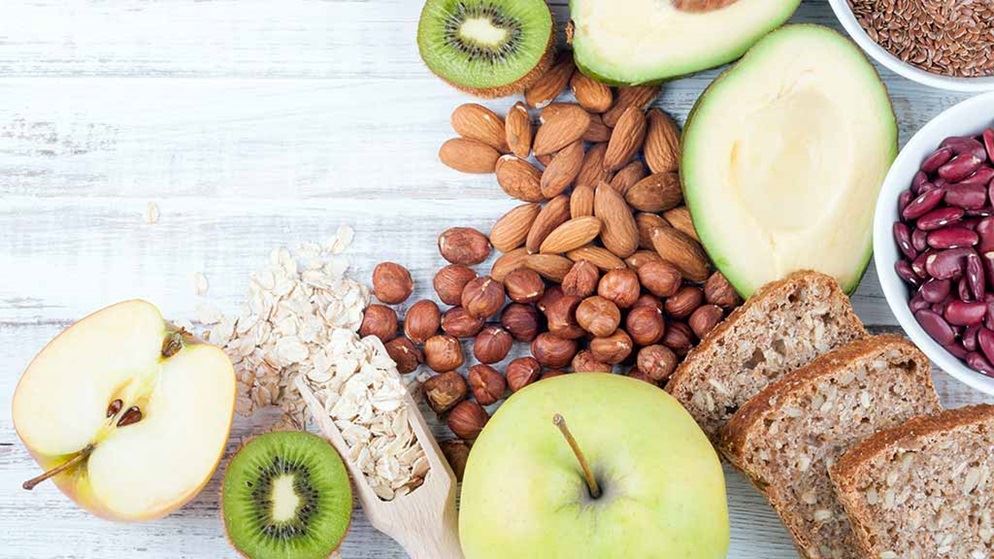
Regular consumption of a variety of foods containing plant sterols results in the lowering of LDL-cholesterol levels, while having no detrimental effect on HDL-cholesterol levels (often referred to as good cholesterol). This would benefit those who want to lower their blood cholesterol levels, i.e., especially those who have moderate to high blood cholesterol.
The Food Directorate has concluded that plant sterol consumption of 3 g per day for adults and 1 g per day for children should be used as reference safe intakes. The FD has no safety concerns regarding the consumption of plant sterol fortified products by the targeted population, (i.e. hypercholesterolemic adults who wish to lower their cholesterol levels), at levels lower than the reference safe intakes. In addition, there are no safety concerns for the general population, including hyperabsorbers, children, and pregnant women, who may unintentionally consume plant sterol fortified food products.
The best source of phytosterols is whole plant foods: seeds provide the most—especially sesame , then nuts—especially pistachio, then legumes such as peanuts.
The cholesterol-blocking effects of phytosterols max out at around 2000 mg, but most people have a long way to go to reach that. The standard American diet may provide as few as 78mg per day. Plant-based diets provide the most phytosterols.
Role of Phytosterols
Fiber bulks, speeds, and dilutes the intestinal waste stream to facilitate the removal of excess cholesterol from our bodies. According to Dr Michael Greger, M.D. “When we eat nuts and seeds, phytosterols progress through our ever-flowing waste stream where the trash-picking cells lining our gut throw them into their bins along with the actual cholesterol molecules. Their bins can only hold so much, though, before they have to go empty it into the body before coming back to the banks of our fecal flow. Thus, if there’s just cholesterol in the waste stream, that’s what fills up the bin, but if there’s phytosterols too then half the bin may be filled with cholesterol and half with phytosterols. This leaves the other half’s worth of cholesterol to flush out to sea.”
He further adds “It’s only once the phytosterols are absorbed that our body realizes the mistake it’s made and dumps them back down the trash chute. Trash pickers further down the line may accidently pick them back up again and repeat the process. In the end (or out the end!), because we swallowed all those phytosterols into our gut, less excess cholesterol gets reabsorbed and, instead, ends up getting dumped.”
Phytosterol Food Sources
The following foods contain the highest amounts of phytosterols:
- Nuts
- Whole grain products
- Vegetables
- Fruits
Some whole grain products contain the high amounts of phytosterol. The following grains have the highest phytosterols content:
- Flaxseed – 210 mg per 100 g serving
- Wheat germ – 197 mg per one-half cup
- Rye bread – 33 mg per two slices
Almonds – 187 mg per 100 g serving Nuts with high phytosterol content:
- Walnuts – 113 mg per 100 g serving
- Pistachios – 280 mg per 100 g serving
- Macadamias – 198 mg per 100 g serving
- Pecans – 150 mg per 100 g serving
Sedentary lifestyles, erratic eating habits including higher consumption of fast food and stress have all taken their toll, making people more prone to high cholesterol. Now is the time to take action.
Ref: